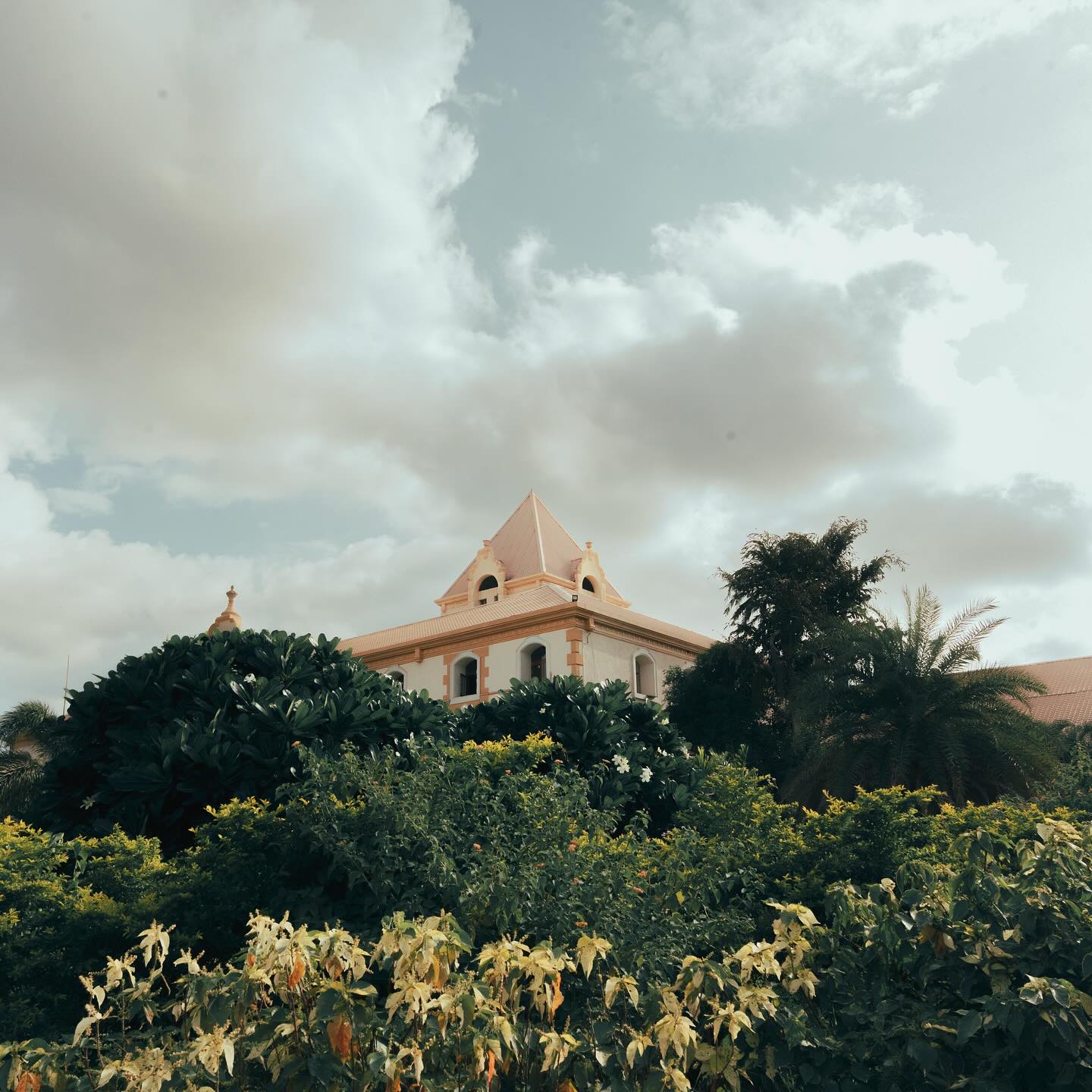There is a certain magic that clings to places left undisturbed by the relentless march of modernity. A quiet dignity, a whispered history in every creaking floorboard and faded fresco. In the heart of India, where stories are woven into the very fabric of the land, lie countless estates whose grandeur has dimmed but never been extinguished. While many remain forgotten, swallowed by time, a select few are reborn—not just as luxurious havens, but as living museums, custodians of a precious heritage. Welcome to the world of these reawakened sentinels.
For too long, these heritage homes or private escapes, built by princely families, zamindars, or wealthy merchants, have remained unseen, their intricate designs and rich narratives known only to a dwindling few. Here are a few examples of these magnificent properties, each telling a unique story of its own.
1. Hotel Irada, Pune Wine Country
Hotel Irada, a new design-led hospitality brand, debuts its flagship in Pune Wine Country — a 32-key independent set on a 66-acre working winery framed by 4,000 acres of forest. Once Vijay Mallya’s countryside manor, the estate has been reimagined with AD100 interiors by Humming Tree, a spa by Nyāsa Wellbeing, Subko Coffee & cacao programs, and curated art collaborations. Guests can explore vineyard tours led by Australian estate manager Craig Wedge, dive into padel, horseback riding, and safaris, or linger over dining at Rosso, Lola, and the Irada Pool Club — with private moments from forest picnics to helipad sundowners.
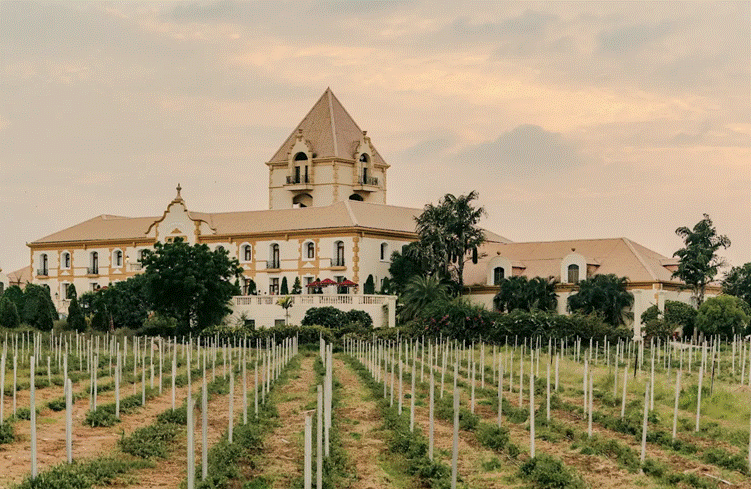
Book: https://www.hotelirada.com/
2. Rothney Castle, Shimla
Once the summer residence of A.O. Hume, the founder of the Indian National Congress, Rothney Castle is a magnificent structure perched on a hill. Known to locals as “Sheeshe Wali Kothi” (the house of glass), it is a silent sentinel that stands as a poignant reminder of what time can claim. While it now exists in a state of beautiful decay, its historical significance remains undeniable, marking it as a key landmark in India’s colonial past.
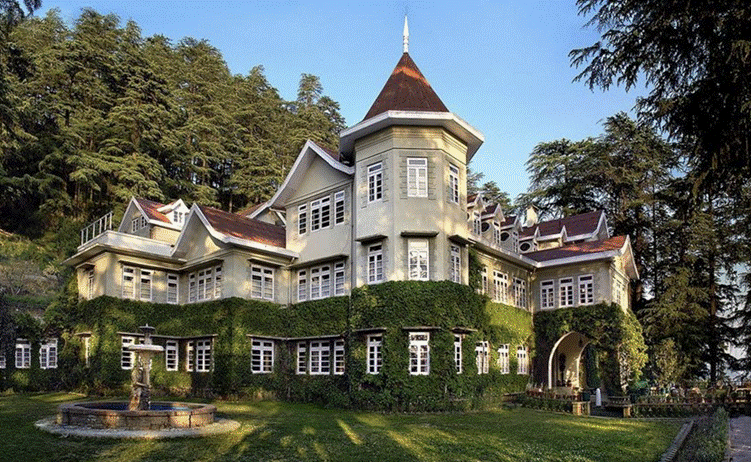
3. Leh Palace, Ladakh
Also known as Lachen Palkhar, this nine-story former royal palace was built in the 17th century by King Sengge Namgyal. Its Tibetan architectural style closely resembles the Potala Palace in Lhasa. The palace, now maintained by the Archaeological Survey of India (ASI), is a vibrant repository of culture, housing a museum of artifacts and relics. From its rooftop, visitors can take in a stunning panoramic view of the Leh town and the surrounding Stok Kangri mountains, making it a powerful testament to the enduring allure of heritage.
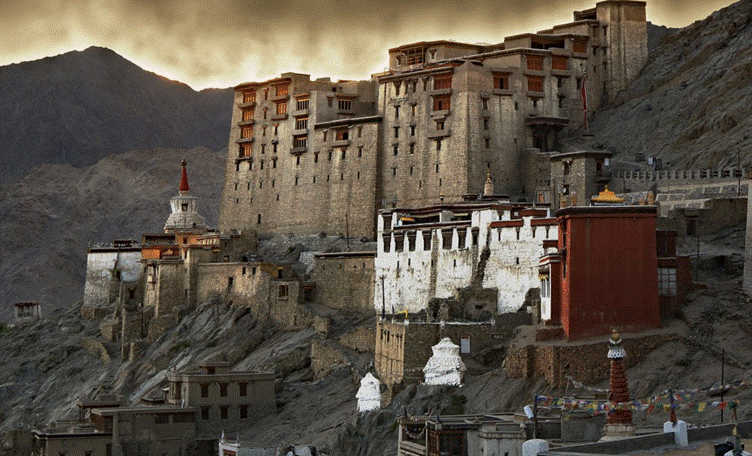
4. Padma Vilas Palace, Pune
A stunning example of Maratha architecture, Padma Vilas Palace in Pune was built by the Scindias. It is situated next to the Chhatri (memorial) of the 18th-century Maratha military leader Mahadji Shinde. While much of the surrounding city has modernized, this property stands as a silent testament to its rich legacy and royal connections, with its storied history now woven into the fabric of the community.
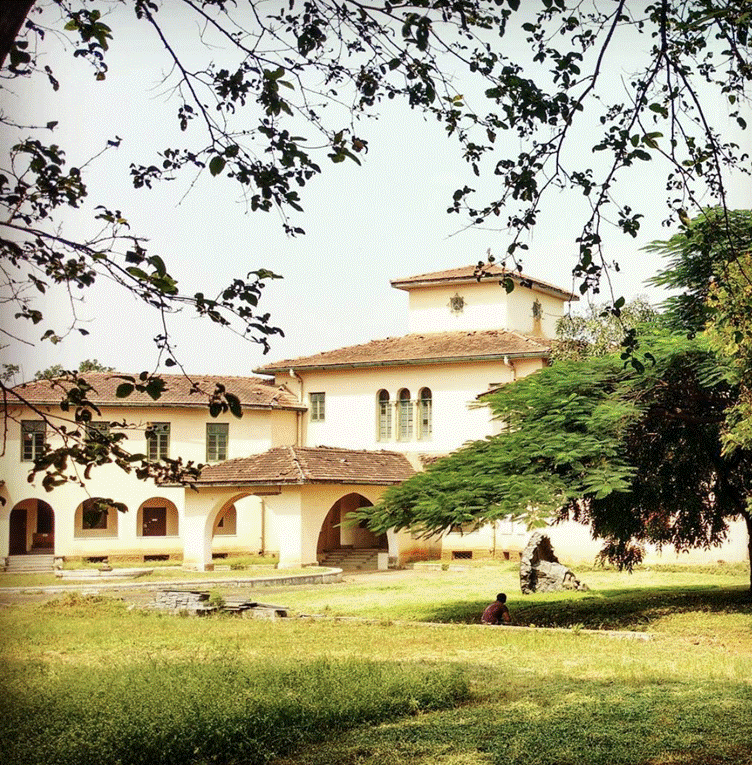
5. Palacio Aguada, Goa
Some estates are less about rediscovering the past and more about reinterpreting it. Palacio Aguada, a modern architectural marvel, is a testament to how history and luxury can be reimagined. Built on a cliffside overlooking the sea, this grand estate offers a glimpse into a contemporary interpretation of opulence, where every detail is meticulously curated to blend modern design with a sense of timeless elegance. It stands as an exceptional destination that champions the reawakening of a silent sentinel, inviting discerning travelers to discover profound beauty in what is both new and old.
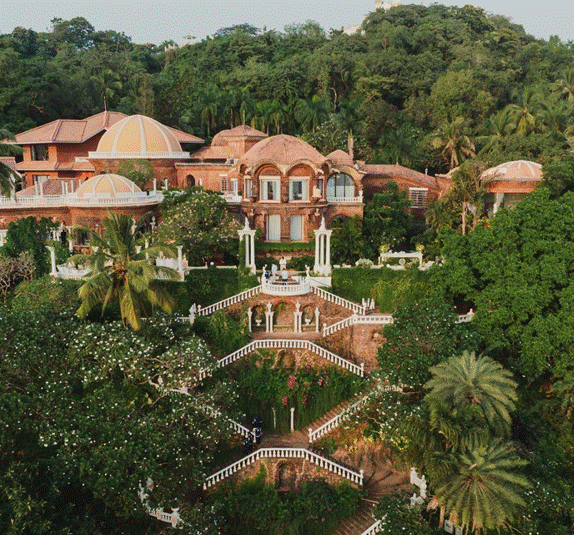
India’s forgotten estates remind us that heritage is not only about the past but also about the futures we choose to create from it. From palaces and plantations left to time, to vineyards and manors like Hotel Irada that have been reimagined for a new generation, these spaces hold the stories of craftsmanship, culture, and community. As more of these properties are rediscovered and revived, they become living testaments to India’s layered history—offering travelers the chance to not just visit, but to experience, belong, and carry a piece of that legacy forward.
Image Sources
Rhotney Castle (source: https://hpgeneralstudies.com/wp-content/uploads/2020/05/rothney-castle-shimla-6.jpg)
Leh Palace (https://bhagyashritravels.com/wp-content/uploads/2020/02/Feature-4.jpg)
Palacio Aguada, Goa (Source: https://www.instagram.com/p/DD68lMJMmO1/#)
Padma Vilas Palace Source: https://www.instagram.com/p/BbzN8aCgjjg/?hl=en&img_index=1
